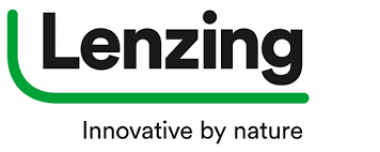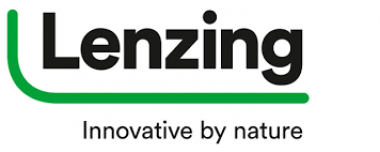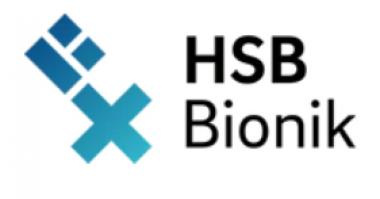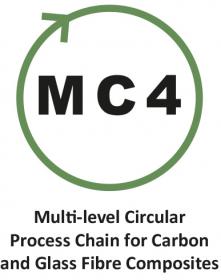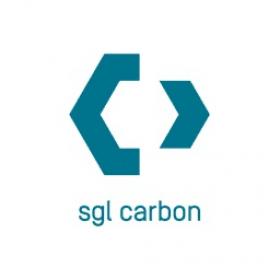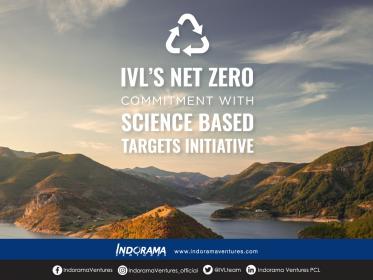Lenzing suspends guidance for 2022
In view of the drastic deterioration of the market environment in the current quarter, the Lenzing Group suspends its guidance for the development of earnings in the 2022 financial year.
The further course of the 2022 financial year can only be estimated to a limited extent due to the extremely low visibility on the demand side and the high volatility of energy and raw material costs.


